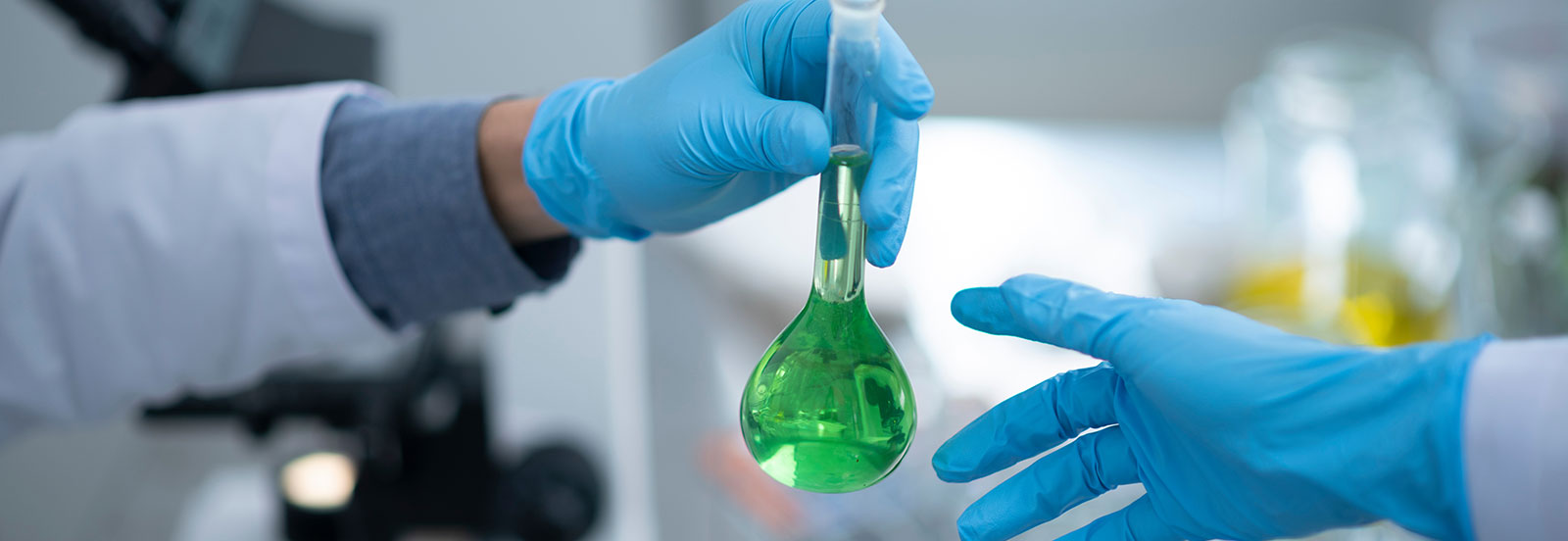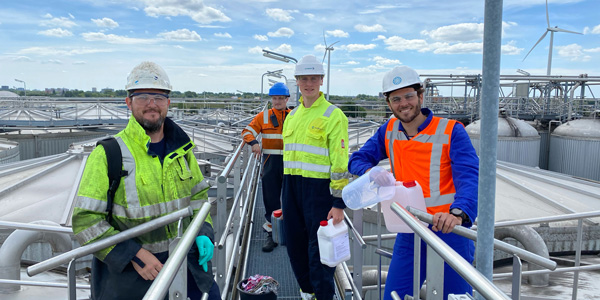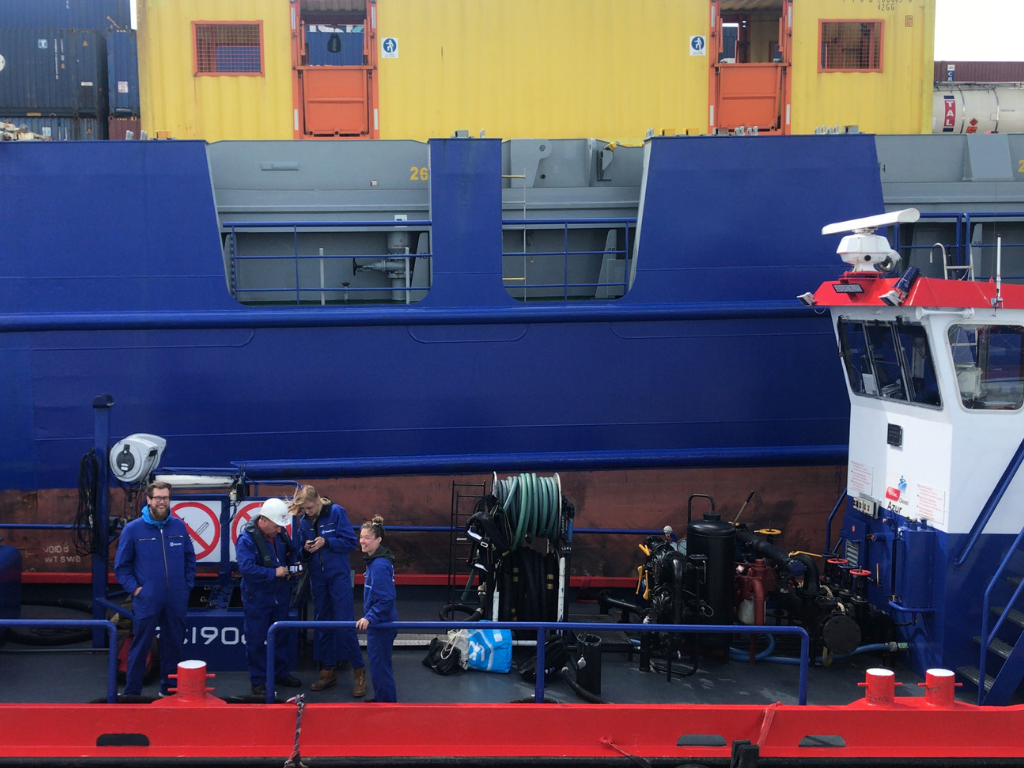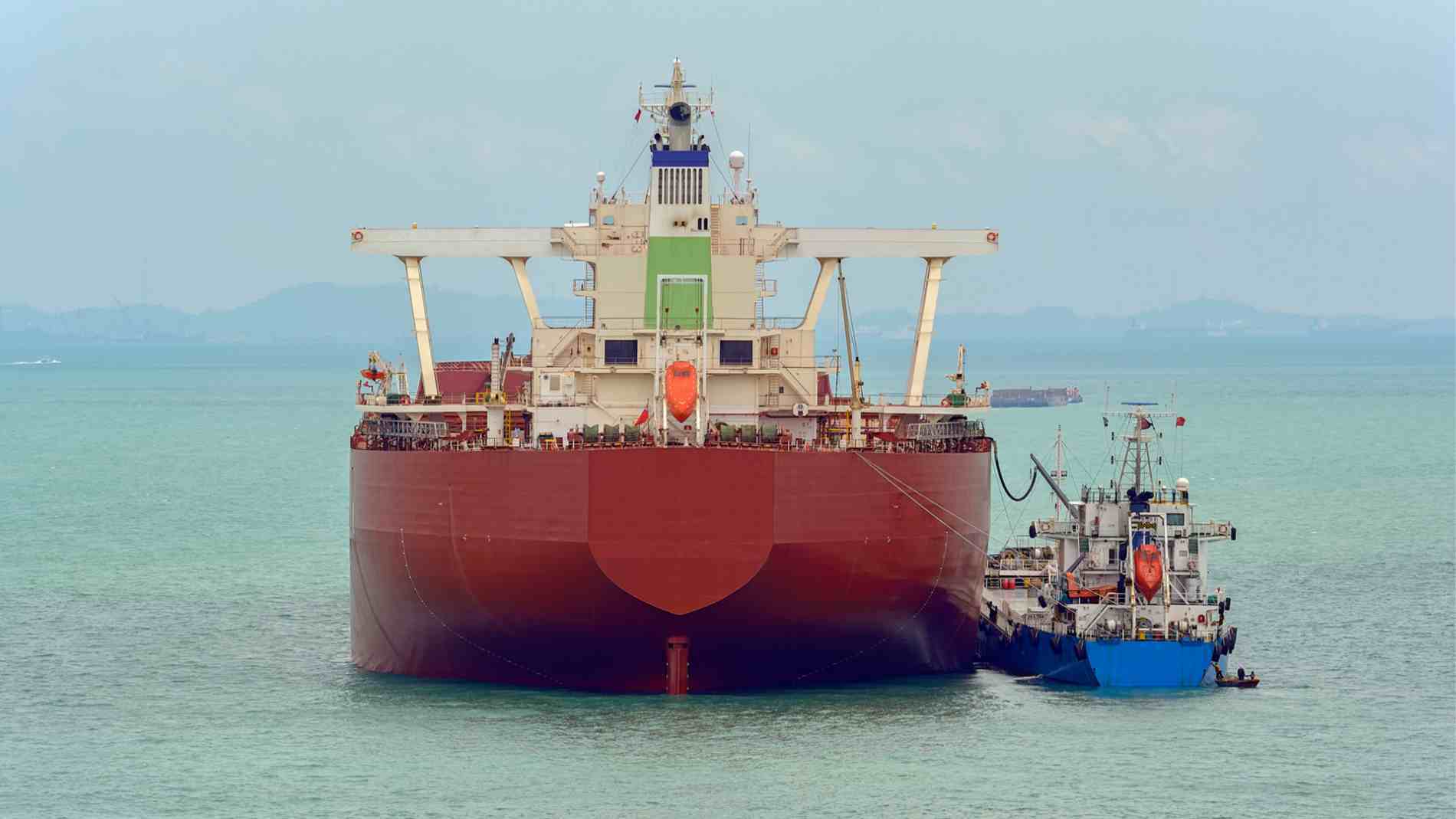

In the shipping industry, marine fuel tracing is becoming increasingly important due to the implementation of stricter regulations and the demand for more transparency and proof of sustainability in the market. But what are 'fuel tracers', exactly? And how do they work?
What is marine fuel tracing, exactly?
Marine fuel tracing is the process of tracking the movement of fuel through the supply chain, from its source to its final use, to ensure that the fuel meets sustainability and regulatory requirements and has not been adulterated or blended with non-compliant substances.
When working with sustainable marine biofuels, another important element of fuel tracing is the ability to keep track of the origin and movement of the raw materials that are used to produce the biofuels. This is an important aspect of sustainable biofuel production because it allows for the verification of sustainability and compliance with environmental and social regulations.
What types of fuel tracing technology exist?
Several types of marine fuel tracing technology can be used to monitor and track fuel through the supply chain. At GoodFuels, we focus mainly on developing tracing solutions that help increase transparency and sustainability in the fuel market. To this end, we distinguish between two primary categories: physical and digital fuel tracing solutions.
Physical fuel tracing
Physical marine fuel tracing technologies involve physical testing of fuel samples at various stages of the supply chain to check for a specific tracer that was added to the fuel or feedstock in an earlier stage in the supply chain. An example of physical fuel tracing technology is the isotopic tracer that GoodFuels developed together with Control Union and IDS Group and successfully tested in a real-life scenario with shipping company Norden.
Digital fuel tracing
Digital marine fuel tracing technologies use digital solutions to monitor and track fuel movement through the supply chain. The commonly used digital technology when it comes to proving the sustainable origin of a fuel or feedstock is blockchain technology. Back in 2018, GoodFuels and blockchain partner BLOC successfully completed the world’s first bunker delivery and transaction using blockchain technology. The objective of this pilot was to replace the paper trail of sustainability documents with a digital equivalent, a digital proof of sustainability, or a digital bunker delivery note. The idea behind digitizing this process is that it should make the auditing process a lot easier and should eventually lead to the ability to tokenize CO2 emissions.
Using fuel tracing to comply with regulations like CII
Next to providing more transparency and proof of sustainability in the marine fuel market, fuel tracing technology also helps shipowners and regulators alike to implement the growing package of emissions regulations initiated to accelerate the decarbonisation of global shipping.
For instance, fuel tracing technology can be a helpful tool for shipowners to comply with the Carbon Intensity Indicator (CII) as it can provide accurate data on the emissions produced by their vessels. Developed by the International Maritime Organization (IMO), the CII came into force on 1 January 2023 as a mandatory measure of a ship's carbon emissions per unit of transport work.
By endorsing effective marine fuel tracing practices, regulatory authorities can make it easier for the shipping industry to use fuels that are environmentally friendly on two fronts: lowering carbon emissions (by up to 90% on a lifecycle basis, in the case of biofuels) on one side, and safeguarding sustainable sourcing of feedstocks on the other. This is especially important when working with biofuels as you want to make sure they are derived from feedstocks that are waste and residue-based only and do not compete with food or bring forth any other adverse consequences.
As a side effect, fuel tracing technologies help regulators deter non-compliant behaviour and ensure a level playing field for all market participants.
More use cases for marine fuel tracing
In addition to helping shipowners comply with the CII, fuel tracing technology can also provide other benefits, such as optimizing fuel consumption, reducing costs, and improving operational efficiency. Fuel tracers can also help shipowners identify any potential fuel quality issues, which can help to prevent engine damage and downtime.
Overall, fuel tracing technology can be a useful tool for shipowners looking to comply with the CII and reduce their carbon emissions. However, it is important to note that technology alone is not enough to achieve this goal. Shipowners must also adopt sustainable practices and implement other measures, such as switching to cleaner fuels, improving energy efficiency, and investing in renewable energy.
If you're interested to learn how fuel tracing technology can help you achieve your sustainability goals or legislative compliance, feel free to get in touch with our fuel tracing experts.







